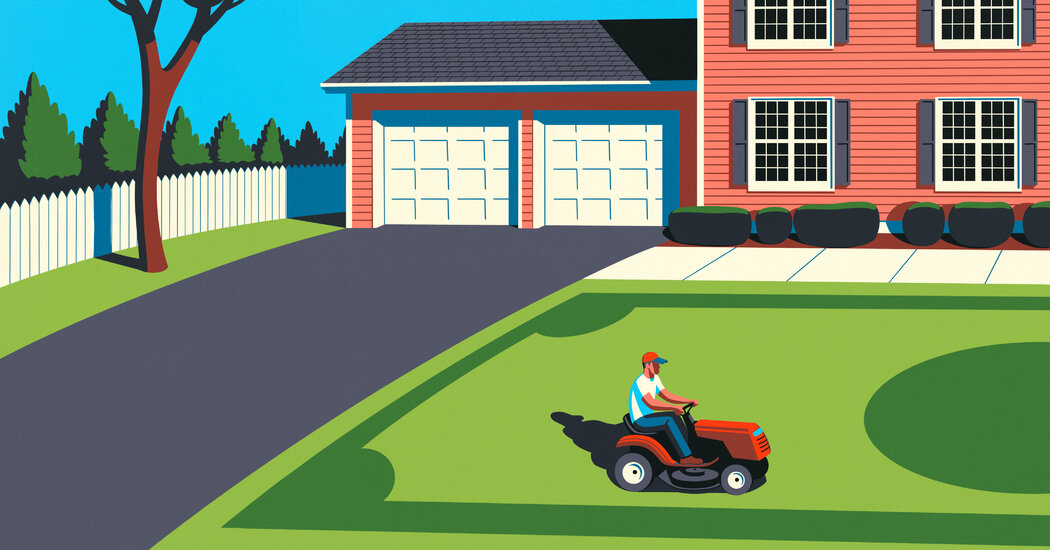[ad_1]
Now the reverse is true. People own much more of their homes than they used to, while the banks own less. That acts as a shield against foreclosures, which in 2019 were only 144,000, according to Black Knight. (During the pandemic, foreclosures mostly ceased due to moratoriums.)
The equity available to homeowners reached nearly $10 trillion at the end of 2021, double what it was at the height of the 2006 bubble, according to Black Knight. For the average American mortgage holder, that amounts to $185,000 before hitting loan-to-value tripwires. The figure is up $48,000 in a year — about what the average American family earns annually, according to some estimates.
Even very new homeowners feel an economic boost.
“We never had enough for a down payment, but then in summer of 2020, we got a good tax return, a stimulus check and had a little money in the bank,” said Magaly Pena, 41, an architect for the federal government. She and her husband bought a townhouse in the Miami suburb of Homestead.
Ms. Pena, a first-generation immigrant from Nicaragua, likes to check out the estimated value of her house and her neighbors on the real estate website Redfin. “Sometimes I’ll check it every day for three days,” she said. “It’s been crazy — everything has skyrocketed.”
In 2006, homeowners cashed in their equity. Sometimes they used the money to double down on another house or two. In 2022, there’s little sense of excess. One reason is that lenders and the culture in general are no longer so encouraging about that sort of refinancing. But owners are also more cautious.
Brian Carter, an epidemiologist in Atlanta, said he and his wife, Desiree, had about $250,000 in equity in their home but didn’t plan to draw on it.
[ad_2]
Image and article originally from www.nytimes.com. Read the original article here.

